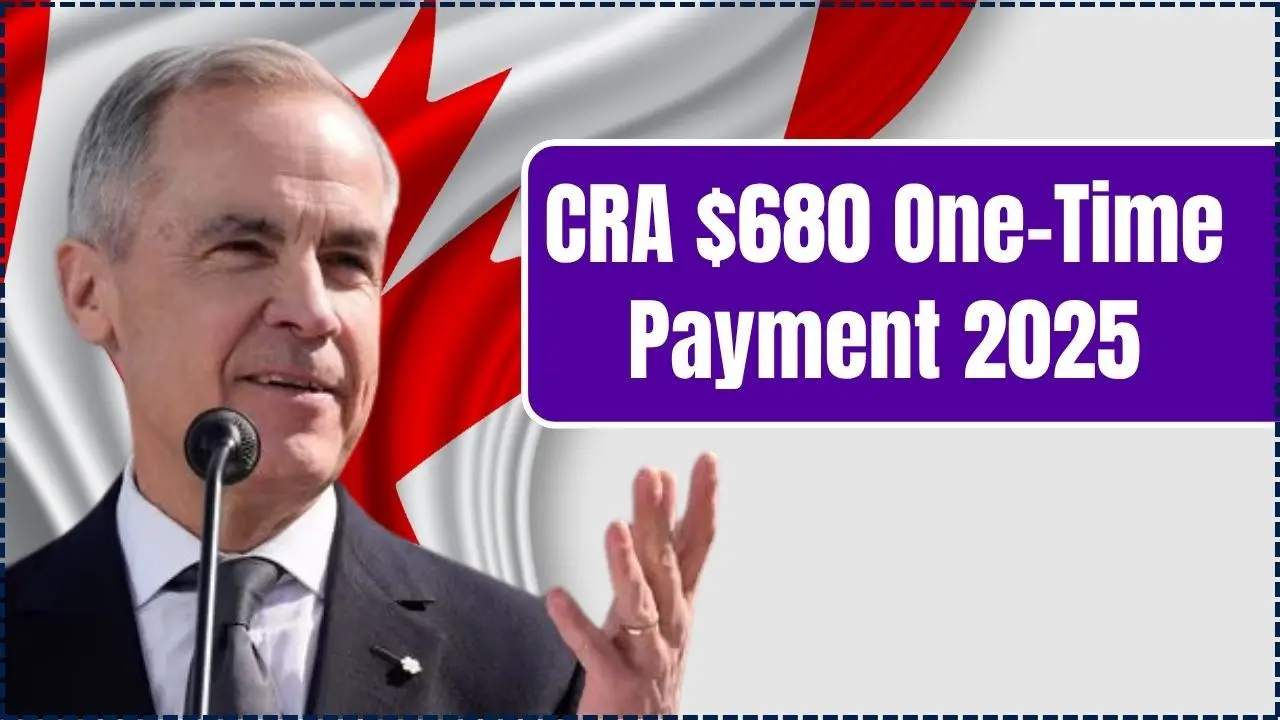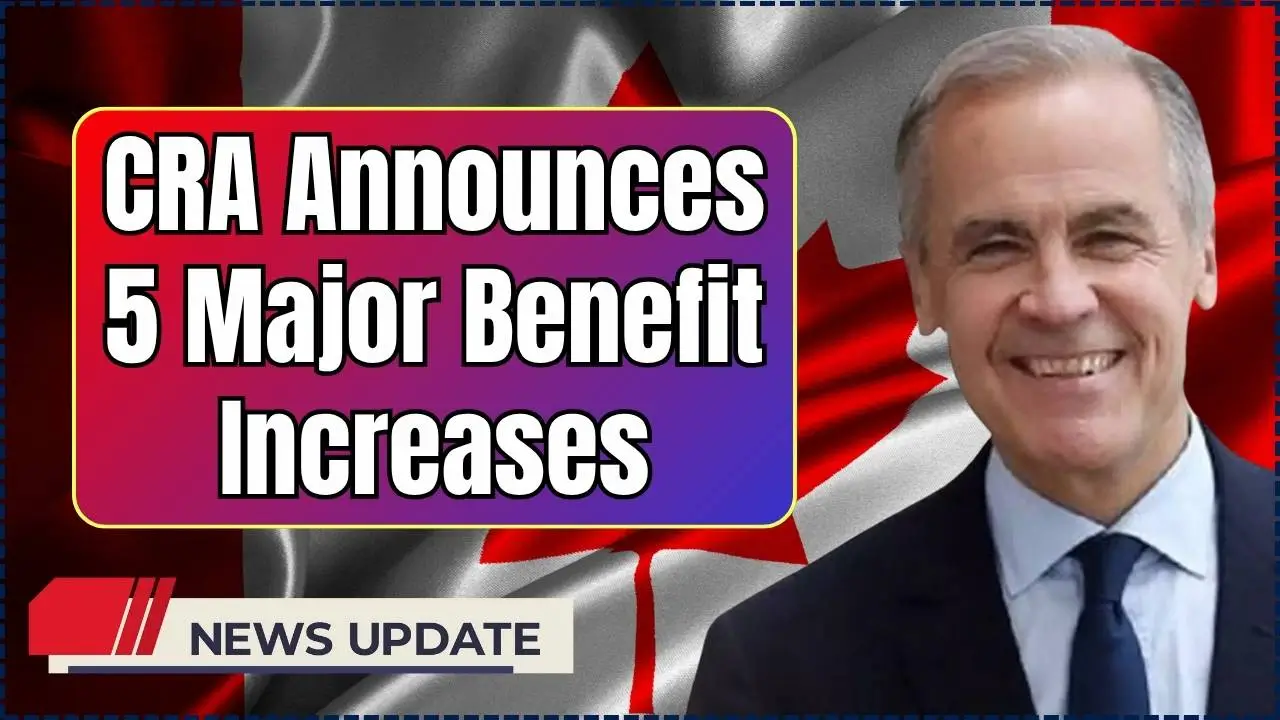To enhance the article further, we can provide additional context on related tax policies, include expert analysis or opinions, discuss potential political or public reactions, and explore the long-term impact of the reform on Canada’s tax system. Additionally, adding examples of how the system works and the specific steps for Canadians to access these benefits will offer clarity.
Prime Minister Mark Carney’s new tax filing initiative will automatically file taxes for low-income Canadians starting in 2027. The move will simplify the tax process, ensuring that individuals are eligible for benefits like the Canada Child Benefit and GST/HST credit without the need for manual filing.

Prime Minister Mark Carney’s tax filing overhaul promises to change the landscape of Canadian taxation, particularly for low-income families and individuals who have struggled with complex tax filing systems. By automating the process, the CRA will ensure more Canadians receive the benefits they deserve and improve the efficiency of tax collection.
This initiative, while not without challenges, marks a landmark moment for Canada’s tax system and will play a crucial role in reducing financial inequalities and increasing access to government services for millions of Canadians.
Table of Contents
Carney’s Game-Changing Tax Filing Announcement Will Affect Millions of Canadians
Prime Minister Mark Carney has unveiled a groundbreaking change to the Canada Revenue Agency’s (CRA) tax filing system. Starting in 2027, automatic tax returns will be filed for low-income Canadians, streamlining the process and ensuring greater access to vital government benefits. This reform, which aims to benefit millions, will begin with an estimated 1 million individuals and is projected to reach 5.5 million by 2028.
What Does This New System Entail?
The new tax filing system promises to eliminate the need for many low-income Canadians to manually file their taxes. Instead, the CRA will use existing information from sources such as employers, government programs, and other institutions to automatically file returns for eligible individuals. This system is designed to simplify access to benefits like the GST/HST credit, Canada Child Benefit, and the Canada Disability Benefit, which low-income individuals often miss out on due to difficulties in filing their taxes.
The initiative, scheduled for full implementation in 2027, reflects a broader effort by the government to modernize Canada’s tax administration system and make it more inclusive. According to government estimates, the new system will ensure that the most vulnerable Canadians are not left behind in the tax filing process.
Why Is This Change Necessary?
Despite efforts to assist low-income families, many Canadians still face barriers to accessing government benefits, including confusion about tax filing procedures, lack of resources, and limited digital literacy. According to Statistics Canada, nearly one-third of eligible low-income individuals do not file taxes. This has resulted in an estimated $1.2 billion in unclaimed benefits each year.
By making the tax filing process automatic, the government aims to address these challenges. Carney emphasized that the automatic tax filing system will ensure more Canadians receive the benefits they are entitled to, improving their financial security and reducing inequality.
“We are putting an end to the idea that taxes are only for those who can afford accountants,” said Carney during his announcement. “This is a step toward making government benefits more accessible for everyone, no matter their income.”
Key Benefits of the Automatic Tax Filing System
- Canada Child Benefit (CCB): A tax-free monthly payment to families with children under 18. By automating tax returns, eligible families will receive timely CCB payments without the need for manual filing.
- GST/HST Credit: The GST/HST credit helps offset the costs of goods and services tax (GST) or harmonized sales tax (HST). Many low-income Canadians fail to receive this credit because they don’t file taxes, leading to missed financial assistance.
- Canada Disability Benefit: This proposed benefit aims to provide financial support for working-age Canadians with disabilities. The new system will ensure eligible individuals can receive this benefit without the burden of filing taxes manually.
- Increased Tax Compliance: The automatic filing system ensures that more Canadians are in compliance with tax laws, which in turn can increase overall tax revenues for the government.
How Will It Work?
The system will be implemented in phases. Initially, it will cover individuals who receive government support programs or are in low-income brackets. The CRA will use existing taxpayer data, such as earnings from employment or social security benefits, to pre-fill tax returns.
Eligible individuals will receive a notification from the CRA, explaining that their taxes have been automatically filed. If they agree with the pre-filled information, they can simply confirm and finalize their tax return. If they wish to make any changes or file for deductions not included in the automatic filing, they can still manually submit a tax return.
Challenges and Potential Issues
While the automatic filing initiative promises many benefits, experts have raised a few concerns. Some argue that the system might not account for certain deductions and tax credits that individuals may be eligible for but are not captured in the data used by the CRA.
Data Privacy and Security Concerns
The use of personal data to file taxes automatically raises questions about data security. Critics argue that while the government has promised strong protections, such systems can become targets for cyberattacks, potentially putting personal information at risk. The government has stated that it will adhere to strict data privacy standards to ensure that Canadians’ financial information remains secure.
Exclusion of Some Canadians
Some individuals may not meet the eligibility criteria for automatic tax filing, especially those in non-traditional working environments or those with complex financial situations. The government has indicated that the system will expand in the coming years to cover more groups, but it’s unclear when full coverage will be achieved.
Long-Term Impact of the Initiative
The automatic tax filing program is expected to have far-reaching implications for tax administration and government benefits distribution. By reducing the barriers to filing taxes, this system is expected to:
- Increase participation in government support programs like the Canada Child Benefit and the GST/HST credit.
- Enhance compliance with tax laws, contributing to improved government revenues.
- Improve access to financial support, particularly for vulnerable populations.
- Reduce inequality by ensuring more equitable access to government benefits and services.
Public and Political Reactions
Public reaction has been largely positive, especially from low-income families and tax advocacy groups who have long criticized the complexity of the tax system. The Canadian Taxpayers Federation welcomed the announcement, calling it a significant step toward improving tax accessibility.
However, opposition parties have raised concerns about the cost of implementing the system and its potential to exclude certain Canadians. Conservative Party leader Pierre Poilievre criticized the plan, stating that while it was a step in the right direction, it could inadvertently lead to a “one-size-fits-all” approach that overlooks complex financial situations.
What’s Next for Canadians?
The CRA will begin rolling out the new tax filing system starting with the 2026 tax year, and the program will expand gradually over the next few years. Eligible Canadians will receive information directly from the CRA, along with detailed instructions on how to confirm or amend their pre-filled returns.
















